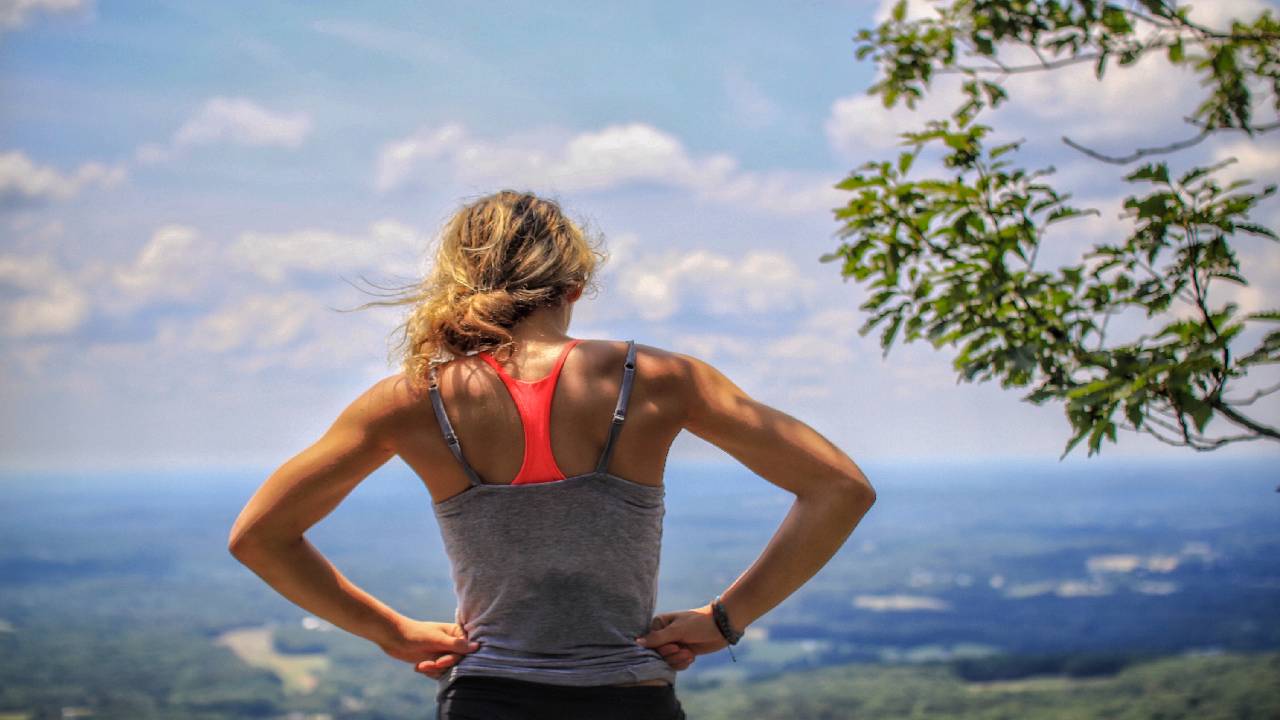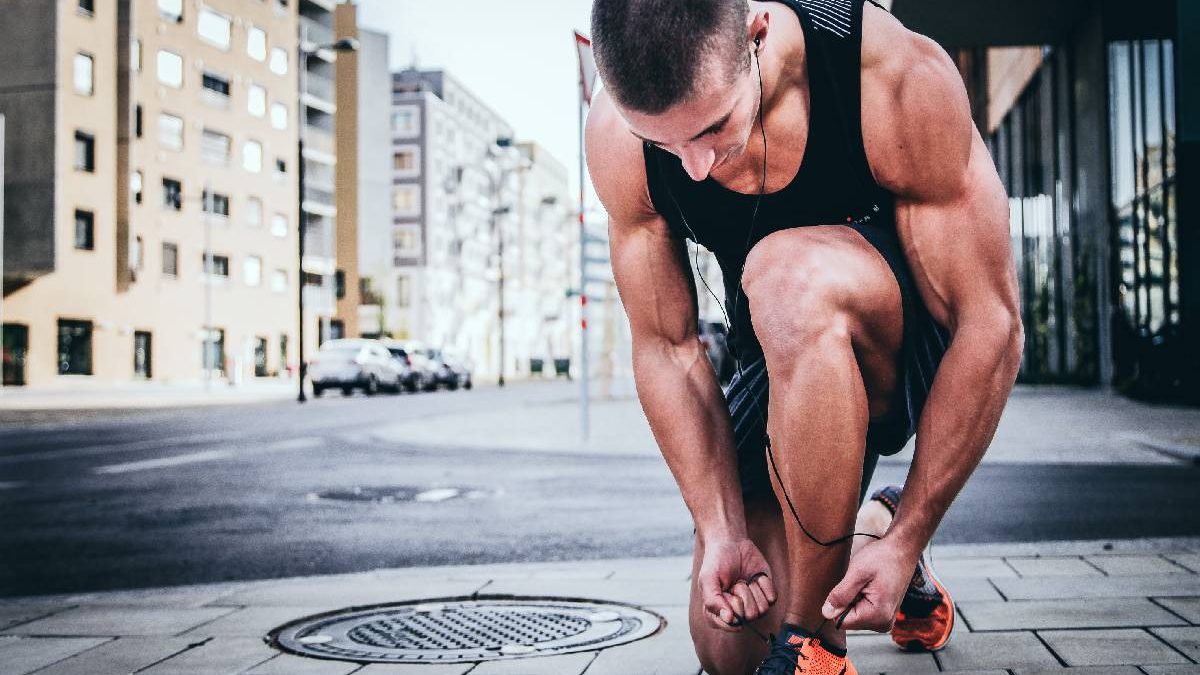Have you ever wanted to enhance your running form? Then, it would be best if you initially built-up improving your balance, strength, and mobility to neutralize the effects of inactive modern life. However, even with those alterations, you probably won’t find out much distinction until you come out of the ruts of the pace you currently have.
Over a moment in time, your body chooses the pace or progress that is most effective for you. Each of us subconsciously discovers what works best for us as our bodies and brains disregard other choices. Our movement forms become profoundly entrenched, producing our unique, stable running approach that a training pal can pull out a mile away. This accord lets us become effective, employing only the muscles necessary and allowing others to relax.
Whether you’re preparing for a 5k race, getting ready to run a marathon, or merely considering making running simpler on your body, your running form should not be neglected. Based on runningshorts.com, improving your running form should not be a massive revamp, that’s excessive for your brain to cope with. Consider these helpful tips to improve your running form.
Table of Contents
Do Drills
A straightforward method to liven up your neuromuscular system is to add together strides, pieces of training, and dynamic exercises to your routine. All of these connect distinct muscles, improve range of motion, and establish movement forms outside of your typical running stride.
Go on to the Hills

While running uphill, lift your knees and take up your stride while boosting your stride rate. Pump your arms at a marginally faster rate. Keep in mind that the sharper the hill, the more arm mobility it will require to soar uphill.
While going downhill, maintain your body at a consistent angle as the hill and drop your arms as you aim to land gently on the ball of your foot.
Hold Your Elbows Towards the Back

Touch the waistband for each stride, as it guarantees that the arm plunges back and opens up behind your body. It also signals the legs to steer backward.
Holding your elbows towards the back changes your balance forward and upright, so your feet land nearer below your body and drive backward to push you forward. This arm position also eases and makes sure that your force and movement all travel in a backward and forward direction.
Short Efficient Strides
Lesser motion over the joint implies less wear and tear and enhanced productivity during your runs. Applying a shorter stride lessens the movement in any joint. For running, this involves the joints of the hips, ankles, and knees. And remember, less movement suggests a more extended, improved life for these joints.
Deep Breathing

A deep stomach or abdominal breathing is perfect for running. To apply belly breathing, lie down flat on your back with a hardback on your stomach. Gradually inhale as you look at the book rise, and then lower the book by gently exhaling.
Practice on Specialized Trails
Some actions shake up your pace more than knocking a gnarly single-track. Every single stride on a trail necessitates distinct mechanics and balance to keep you straight and to move forward.
This built-in risk is essential. The tactic is to beat a section of the bumpy trail quickly enough that you have to dial into the instant entirely. Running gets your complete, undivided attention as you dance within the terrain.
Takeaway
Running can be an excellent supplement to your fitness strategy. If done appropriately, you can boost your speed and distance by applying the proper form. An appropriate running method is a challenge. Allow patience and time for your body to adjust to the pressures and challenges of the sport.

